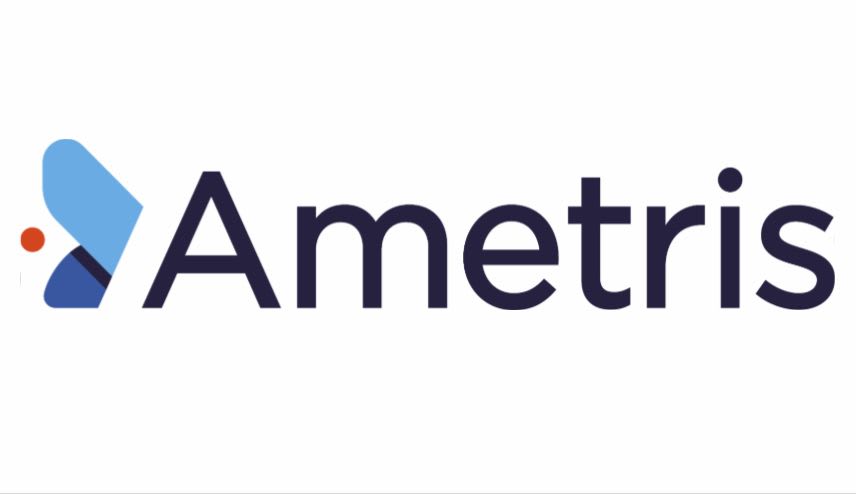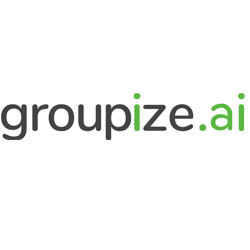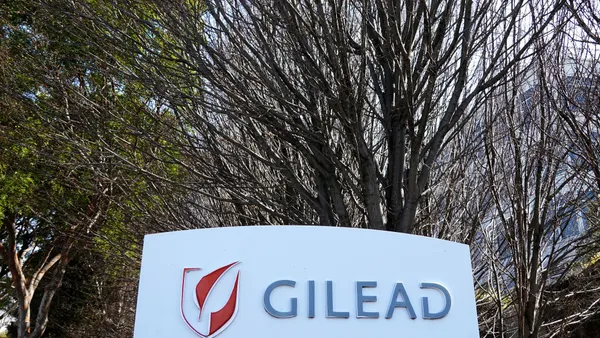Rima Nachshen SVP, Director of Client Services, Ogilvy CommonHealth, Interactive Marketing Brad Davidson, Ph.D. SVP, Management Supervisor, Ogilvy CommonHealth The elite KOL vies for influence with a teeming mass of rapidly evolving website producers, chatroom monitors and mavens, bloggers, podcasters, videocasters (or “vloggers"), tweeters, and social media “friends." Ogilvy CommonHealth
In the space of two decades, the Internet has fundamentally changed the way information is sought, found, analyzed, and shared. For healthcare specifically, this has meant that the “old" model of medical information dissemination, which was based on a trickle-down theory of pyramidal influence, is being challenged. In the old model, the top of the pyramid was occupied by a handful of elite “key opinion leaders" (KOLs) whose stamp of approval was necessary for information to be published and passed down to the next level of regional influencers; these in turn had a say in what information was encoded in medical practice at a regional level. At the end of this chain were local practitioners, and finally the patient, who learned what was available through the physician’s office and, if they had wherewithal, a national advocacy or health-focused organization. In this old model, some time around two decades ago, information was printed, occasionally taped, and CD-ROM technology was state of the art. Today, all of this has changed, and the elite KOL vies for influence with a teeming mass of rapidly evolving website producers, chatroom monitors and mavens, bloggers, podcasters, videocasters (or “vloggers"), tweeters, and social media “friends." The Internet, broadly defined to include social media and personal electronic communication, is an exponentially growing cacophony of information where informed opinion vies with uninformed fear-mongering, where a high school senior can stand toe-to-toe in a virtual shouting match with a Nobel laureate, and where a small rumor can turn into a brand-killing avalanche virtually overnight. We find ourselves, then, in the raw data jungle, unsure who and what is trustworthy, where we should turn, what advice should be heeded, and what ignored. We have at hand the most important repository of human knowledge in recorded history, one that is changing fundamentally the ways we process or even conceive of healthcare information; and yet, without a guide, we are lost. The New Information Ecosystem Welcome to the new information ecosystem, where your brands literally can live or die. For brand managers, this information ecosystem is, on one hand, a daunting place, full of potential adverse events and malicious rumors, a place to be feared and avoided; and yet, on the other, it is a place that is too big, too important, too influential to ignore. The Internet requires our attention and our participation, but we simply don’t know where to get started. What we need is a map, a program of places and players who matter in this space. To chart these new spaces and identify the new information leader, we need some sort of eKOL mapping program, one that will allow us to identify who is important in the online space for a given topic (say, migraine, or vaccines), where this topic is most discussed, and to what degree these people and places are influential relative to other sources of information on the net. If you imagine the Internet as a vast unknown territory, what you want is a detailed analysis of the places you should visit the next time you go there, and the people you will want to visit. This, essentially, is “eKOL mapping," and it is similar to KOL mapping in almost exactly the same way that the Internet is similar to the real world; it’s similar, but the differences are also crucial. Mapping the Virtual Space One of the first differences you will find when mapping virtual space is that, unlike in the real world, places and people are nearly indistinguishable. A KOL who chairs a department at a major university would never be confused with that university; she’s a person, it’s a thing (both an abstract one, as an “institution," and a concrete one, as a place with buildings, parking lots, etc.). But the Internet is made up entirely of words and pictures, only words and pictures; so a blog is, in some ways, the same as a chatroom, which is the same as a social network user group. The source of information on these sites is different (a blog is a solo author; a user group is, by definition, a group), but in some sense they are all just sources of information. There’s no “there" there — just “them." Another interesting difference is that our traditional modes of measuring influence simply don’t work. Traditional techniques for KOL identification are highly successful in identifying traditional KOLs, but are woefully inadequate at identifying who matters online. Dr. Kevin Pho, a New Hampshire primary care physician with no peer-reviewed publications to his name, would never be identified in a traditional KOL mapping exercise; and yet his website, kevinmd.com, has over 200,000 unique hits a month, and he writes on topics ranging from postpartum depression, to migraine, to the ethics of surrogacy. He has become an important source of information, and he is virtually invisible to us with the traditional tools we have at our disposal. Dr. Kevin is by no means unique; a recent Virtual Community Mapping (VCM) project identified over 50 sources of important information for a chronic health condition, none of whom were identified through our parallel KOL identification program. The reverse was true as well — of the 71 KOLs identified through traditional means, only a handful had an online presence at all, and none were significant leaders in the online information exchange (professional or consumer). This gap highlights the darkness in which we live regarding the true nature of Internet influence in healthcare. We avoid the Internet because we don’t know what we will find there, and we don’t know what we should do with the information that we find. Be Part of the Process The reality is, however, that we should embrace the new information ecosystem, and recognize the opportunity it represents to do great medical good for patients in all categories. Patients can learn more about their diagnoses in a day than they used to be able to in a month. Support groups, national advocacy websites, and information clearinghouses all provide a ready resource for any patient or caregiver who finds them. We should not be notable for our absence in this space, but rather, participate appropriately to help sort the good information from the bad, to support those with genuine intentions and help root out the Internet equivalent of snake-oil salesmen. We can’t tell the players without a program; Virtual Community Mapping provides just that program, as a first step to meaningful engagement in the emerging online information ecosystem. n Ogilvy CommonHealth, Parsippany, N.J., is part of Ogilvy CommonHealth Worldwide. For more information, visit ogilvychww.com. The Internet, broadly defined to include social media and personal electronic communication, is an exponentially growing cacophony of information where informed opinion vies with uninformed fear-mongering.










